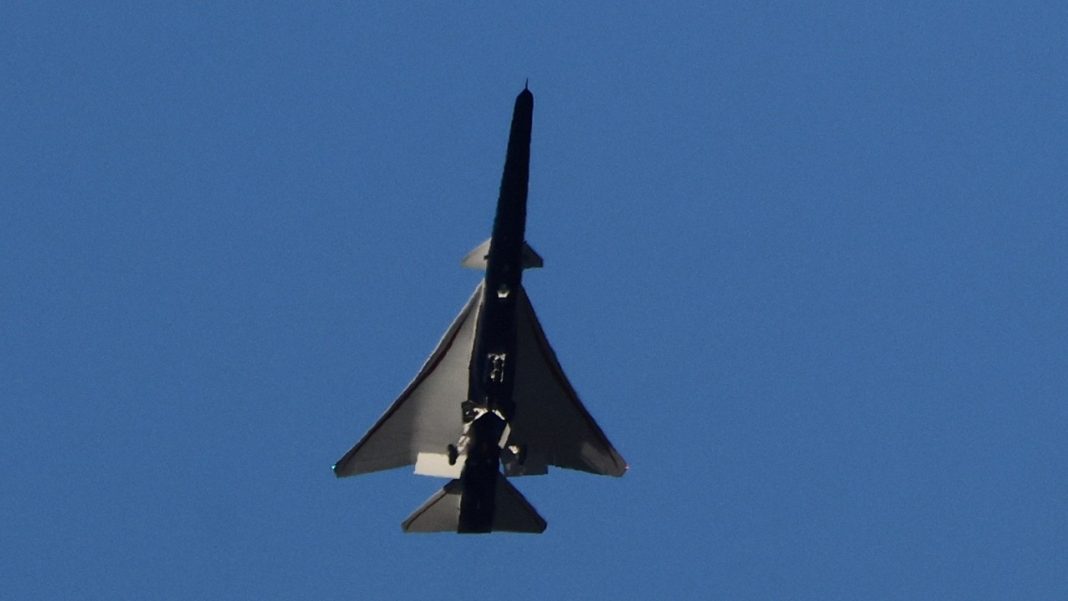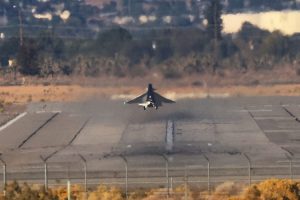Key Takeaways
- NASA and Lockheed Martin’s X-59 supersonic jet completed its first test flight on October 28, 2025.
- The aircraft is designed to fly at supersonic speeds while producing only a quiet “sonic thump” instead of a loud boom.
- This breakthrough could enable commercial supersonic travel over land for the first time.
NASA and Lockheed Martin have successfully completed the first test flight of the X-59, a revolutionary supersonic jet designed to fly without creating a disruptive sonic boom. The historic flight took place on October 28, 2025, across the California desert.
“X-59 successfully completed its first flight this morning,” Lockheed Martin spokesperson Candis Roussel confirmed to Reuters, describing the event as “a significant aviation milestone.”
Historic Test Flight Details
The X-59 took off from Plant 42 in Palmdale, California, after sunrise and completed a one-hour sortie accompanied by a NASA chase plane. The aircraft landed safely near the Armstrong Flight Research Centre.
During this initial test, the jet flew at subsonic speeds of approximately 370 kmph and reached an altitude of around 12,000 feet. The flight was conducted as planned to gather crucial data for future development.
Revolutionary Quiet Supersonic Technology
The X-59’s unique design significantly reduces the sonic boom typically produced when aircraft break the sound barrier. The aircraft can fly at Mach 1.4 (around 1,480 kmph) at 55,000 feet while generating only a muffled “sonic thump” rather than a loud boom.
This breakthrough technology addresses the primary barrier to supersonic commercial travel over land – excessive noise that has historically restricted such flights to over-water routes.
Official Recognition and Investment
“This work sustains America’s place as the leader in aviation and has the potential to change the way the public flies,” said US Transportation Secretary and acting NASA Administrator Sean Duffy.
NASA has invested over $518 million in the X-59 program since 2018 to demonstrate low-boom flight technologies. The California Manufacturers & Technology Association recently recognized the aircraft as 2025’s “Coolest Thing Made in California” in its annual technology contest.
With this successful test flight, the aviation industry moves closer to making quiet supersonic passenger travel a reality, potentially revolutionizing air travel with faster flights over populated areas.





